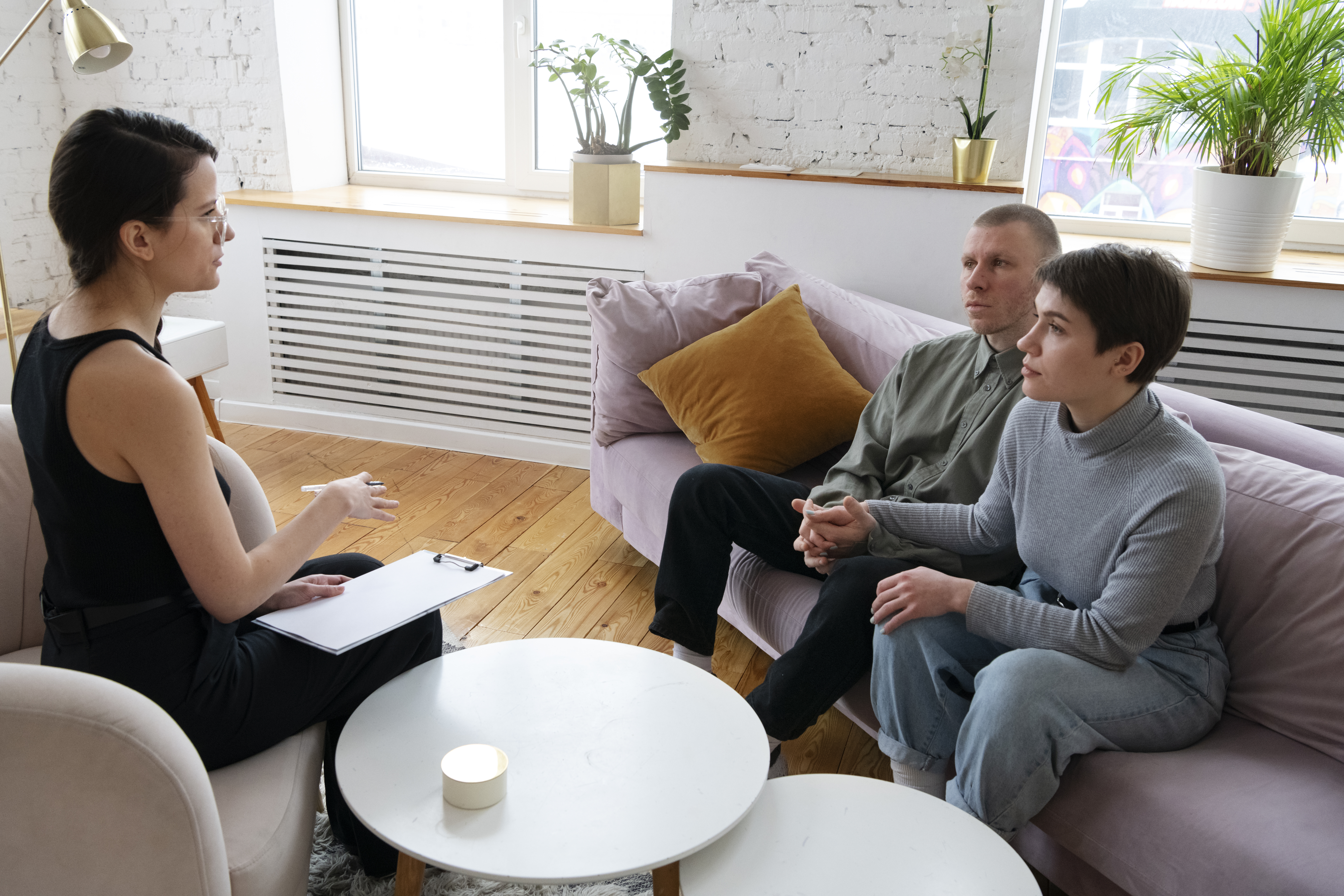What is Emotionally Focused Therapy? (EFT)

Emotionally Focused Therapy (EFT) progresses through three stages to build emotional awareness and expression as couples learn and share attachment wants and needs to restructure communication patterns and address underlying needs and fears. EFT begins with De-Escalation and Engagement to help couples understand and slow down their communication patterns. Next is Restructuring Negative Patterns where couples will learn their underlying attachment needs and fears, build trust in their partner, and then share and heal their need or fear. Finally, couples will Consolidate and Integrate New Patterns to revisit previously gridlocked disagreements that can now be resolved.
De-Escalation and Engagement
De-escalation and Engagement begin the process of learning and deconstructing how a couple communicates and disagrees. Every couple has a pattern to their arguments. EFT helps couples to learn and point out what they hear their partner say, what emotion or reaction they feel to that information, and how they respond back to their partner. As both sides go through this progression, each partner begins to learn what fuels both their emotions and their partner’s emotions. This allows couples to share their trigger points and label the sensitive areas that need to be approached with caution. In this stage, couples can unite against their cycle and see it as the problem instead of blaming each other.
Restructuring Negative Patterns
Restructuring Negative Patterns is often the longest and most intense part of EFT. It is also what brings about the greatest change. Here, couples will be challenged to build trust with each other more and explore underlying attachment needs and fears they have as individuals. These needs and fears often involve how each person sees themself, what they need to feel connected in the relationship, and fears they may have of being abandoned or hurt. These are what create the trigger points or sensitive subjects in the relationship. Most often, these needs or fears are throughout the relationship, under the surface. They come up indirectly in the most intense disagreements. During this stage, each partner will work to identify, express, and soothe these needs or fears leading to greater closeness and connection. Each partner will also work to hear, understand, and meet their partner in their needs or fears.
Restructuring Negative Patterns
Finally, couples will Restructure Negative Patterns. With their new understanding, trust, and closeness, they can revisit previous arguments that felt unsolvable. Usually, these winless arguments are rooted in attachment needs or fears that have not been previously verbalized. Couples will find and identify the need or fear, share it with their partner, and resolve the conflict. This is often the shortest stage and ends in a celebration of how far the couple has come.
If this article was helpful to you, wonderful! If it was not helpful, if it was confusing, or if you have any questions after reading this, feel free to reach out to us! We at Tennessee Mental Wellness are happy to answer any questions, provide further resources, or match you with a therapist.
Learn more about our Couple Therapy Service here.










LEAVE A COMMENT